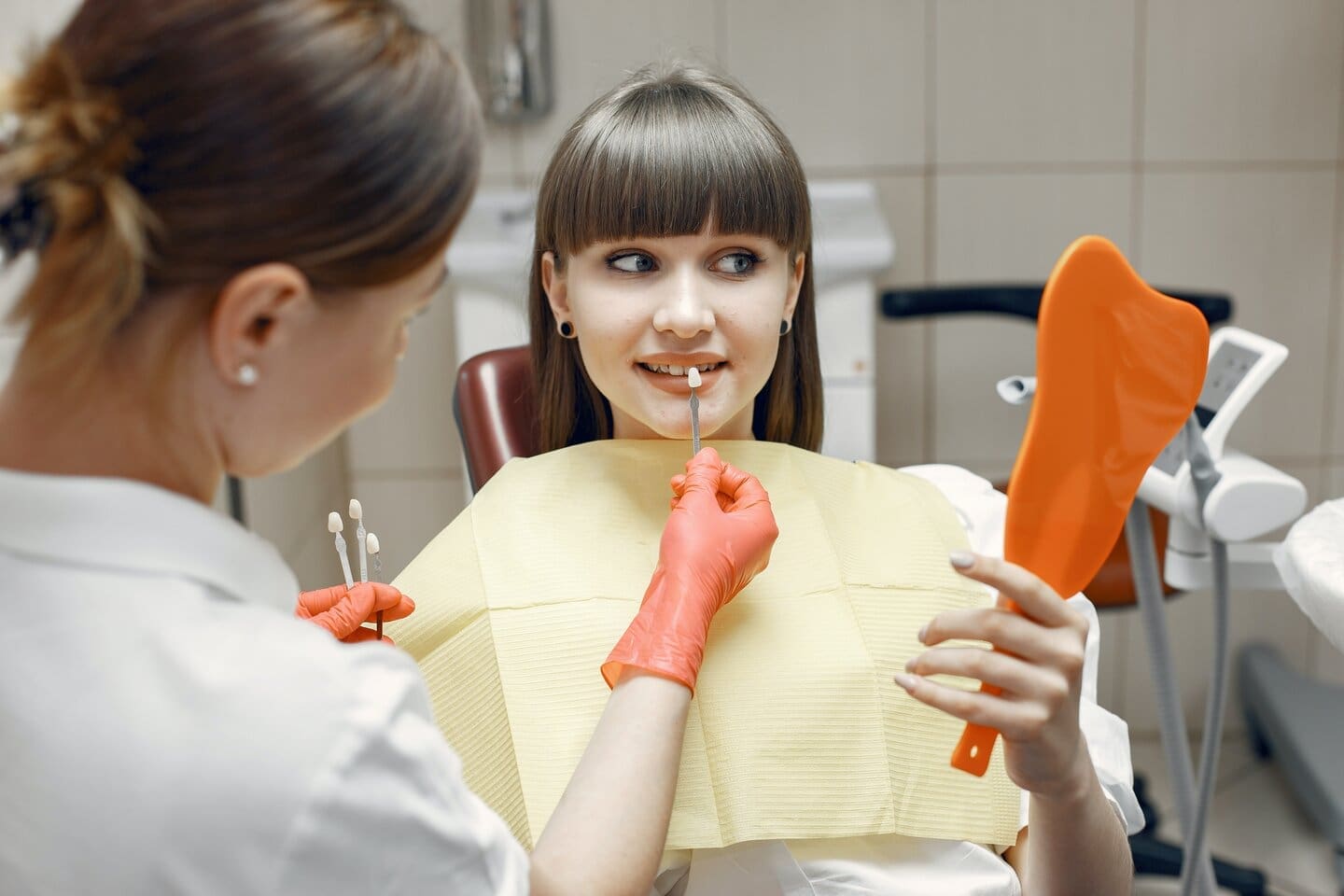
Adverse Effects of Living with an Untreated Tongue-Tie
The tongue’s range of motion is controlled or limited by a thin band of tissue called a frenulum, most commonly found under or around the
Home » Archives for 2022 » Page 5

The tongue’s range of motion is controlled or limited by a thin band of tissue called a frenulum, most commonly found under or around the

People who want straight teeth but don’t want to wear traditional braces often choose Invisalign, a rapidly expanding treatment. Prospective patients wonder how Invisalign straightens

X-rays are a popular technology capable of showing us what’s beneath our skin without having to do surgical procedures. It does this by using high-energy

Straight teeth are not just about looking good. Having crooked teeth can often lead to pain and discomfort. When teeth don’t line up correctly, the

Dental crowns are cap-like fixtures that dental professionals may use to protect, restore, or fortify a patient’s damaged teeth. They may help with a number

After wearing braces for long, teeth can lose their natural color because the brackets that are adhered to your teeth protect the enamel from exposure

It might be heartbreaking for all the coffee lovers out there to learn that coffee stains teeth. Despite the fact that it is acidic and

Maintaining a beautiful smile and strong teeth are important, more than just their aesthetic benefits. Your oral health is affected by the attractiveness of your

Have you lost a few of your teeth but have not been able to get dentures or dental bridges? You may have been thinking about

One of the most uncomfortable experiences that a person may encounter would have to be the occurrence of gum disease. This is a condition that